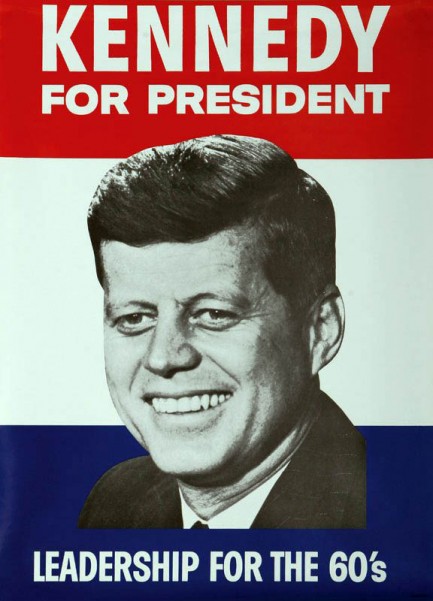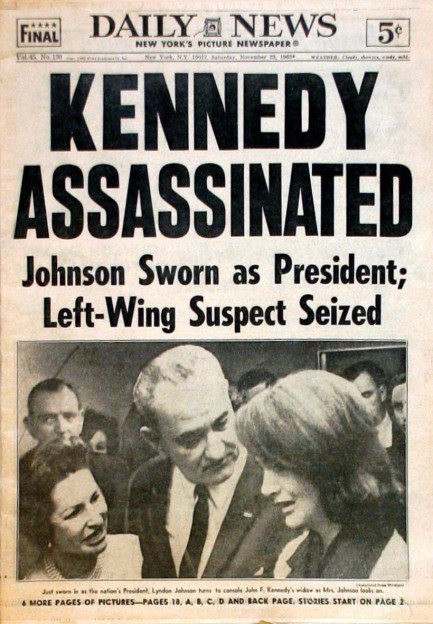| Mondo Bizarro | Apr 27 2018 |


Above we have another cover from the always entertaining National Spotlite. This one appeared today in 1970 and showcases model Tany Kominski. Not to body shame Tany, especially since according to the cover text she's selling herself to the highest bidder, but she must have an enormous head under that mop. We'd go so far as to say impossibly huge, maybe even otherworldly. Hmm. Could it be the bouffant hairdo that was so trendy during the 1960s was invented by aliens trying to disguise their  megacraniums?
megacraniums?
We know, we know—there's no proof whatsoever of alien visitation to this planet, but a disguise is the most logical explanation for Tany's hairstyle. We've done a little retouching of the cover so you can see what her head probably looked like under that candyfloss, and just how wildly disproportionate it was. Convinced? Well, our mock-up isn't conclusive, we'll admit.
But it makes you think, doesn't it? And we're also convinced Tany wasn't the only one of her kind here on our unsuspecting planet. Below are other possible interstellar visitors, including a malevolent Hayley Mills, Jean Shrimpton, Dolly Parton, and Priscilla Presley, who ruins her disguise somewhat with her psycho alien eyes. You're asking yourself what these creatures want, right? Hey, they're females—they don't even know. 








| Intl. Notebook | Nov 22 2013 |


Stories about John F. Kennedy’s assassination have been appearing in the media for several weeks leading up the 50th anniversary of the event, as various outlets try to get ahead of the wave of interest, but we’re purists here, so we’re sharing this poster today, on the actual anniversary of the murder. Let’s get the basics out of the way first. As we’ve mentioned before, a Gallup poll taken days after the killing showed that a majority of Americans believed Oswald was not the only participant. That percentage has gone up since, reaching more than 80%, according to some surveys. That means people who believe Oswald acted with others have always been the majority, and today are the vast majority. That’s something your trusted media outlet always leaves out, doesn’t it? The point is if you think there was a conspiracy, you are the norm, part of an overwhelming norm, rather than some crackpot minority.
It’s an important point because many of the articles published today ask questions like, “Why do people believe in conspiracies?” The problem with that question lies in its framing—it implies that we live in a world that has no or few conspiracies, that it’s silly to believe they exist. That’s very interesting, considering that in the Libor scandal up to 20 major banks conspired to rig interest rates in a $350 trillion derivatives market, that Britain’s spy agency GCHQ conspired to secretly tap into the fiber optic cables that carry the world’s phone calls and internet traffic, that the bank HSBC conspired to launder billions of dollars in South American drug cartel money, that ING conspired to violate sanctions against certain types of business dealings with Cuba and Iran, that News of the World conspired to illegally hack the phones of private citizens, and that Merrill Lynch conspired to deliberately overcharge 95,000 customers $32 million in unwarranted fees. All of these happened in just the last few years.
 To listen to the mainstream media, you’d almost think there weren’t actual criminal proceedings or lawsuits extant in every example we just mentioned. It takes a willful disconnection from reality to deny how prevalent conspiracies are in modern life when hundreds of perpetrators are at this moment sitting as defendants in court because they were caught conspiring. If we want to delve into a few historical examples of conspiracies, then note that the NSA conspired to mislead the U.S. public about the Gulf of Tonkin incident, that American asbestos companies conspired to cover up the truth about the danger of their product, and that in 1962 the U.S. Joint Chiefs of Staff conspired to kill American citizens. That conspiracy took the form of a proposal called Operation Northwoods. In short, American citizens would have been killed in a series of terrorist bomb attacks that would have been blamed on Cuba. Northwoods was approved for implementation by every one of the sitting Joint Chiefs. Really let that sink in. The only reason the American government did not kill American citizens is because John F. Kennedy said no—he wasn’t interested in committing high treason and murder so he could invade Cuba.
To listen to the mainstream media, you’d almost think there weren’t actual criminal proceedings or lawsuits extant in every example we just mentioned. It takes a willful disconnection from reality to deny how prevalent conspiracies are in modern life when hundreds of perpetrators are at this moment sitting as defendants in court because they were caught conspiring. If we want to delve into a few historical examples of conspiracies, then note that the NSA conspired to mislead the U.S. public about the Gulf of Tonkin incident, that American asbestos companies conspired to cover up the truth about the danger of their product, and that in 1962 the U.S. Joint Chiefs of Staff conspired to kill American citizens. That conspiracy took the form of a proposal called Operation Northwoods. In short, American citizens would have been killed in a series of terrorist bomb attacks that would have been blamed on Cuba. Northwoods was approved for implementation by every one of the sitting Joint Chiefs. Really let that sink in. The only reason the American government did not kill American citizens is because John F. Kennedy said no—he wasn’t interested in committing high treason and murder so he could invade Cuba. alone. So the question we should be asking today isn’t why so many people believe in conspiracies, but why the mainstream media are so far removed from the factual realities of human, corporate, and political existence, why they are so resistant to the simple truth that conspiracies are how powerful actors circumvent regulations, laws, and democratic rights. Or more to the point, exactly what planet do mainstream journalists live on? Not this one, seemingly.
alone. So the question we should be asking today isn’t why so many people believe in conspiracies, but why the mainstream media are so far removed from the factual realities of human, corporate, and political existence, why they are so resistant to the simple truth that conspiracies are how powerful actors circumvent regulations, laws, and democratic rights. Or more to the point, exactly what planet do mainstream journalists live on? Not this one, seemingly.



































































